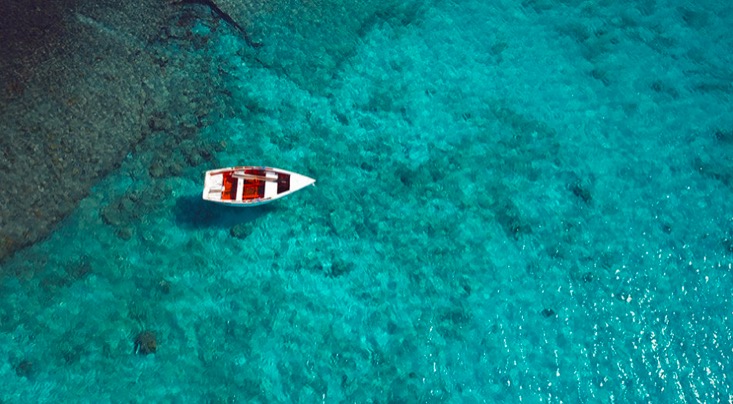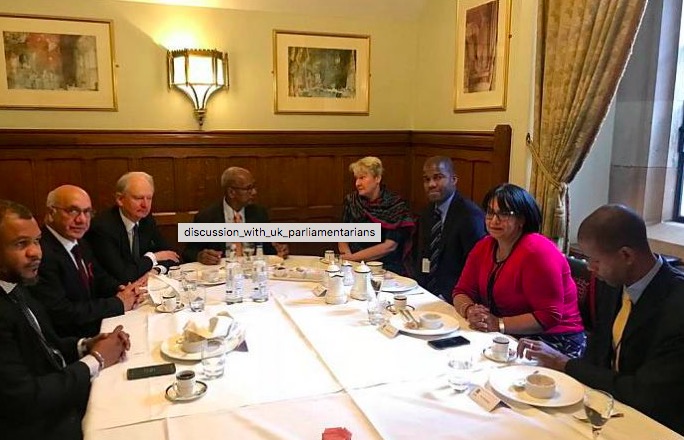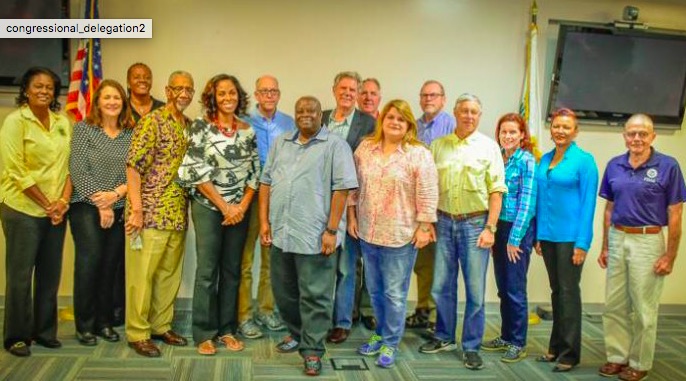It’s the kind of place that would be at home in some hip enclave of Austin or Portland, Williamsburg or L.A.
But at the same time, it’s totally at home in the Caribbean.
That’s not easy to pull off.
But that’s what the team at the wonderfully named and even better executed Cocovan have done.
Click here to read the full article on Caribbean Journal





